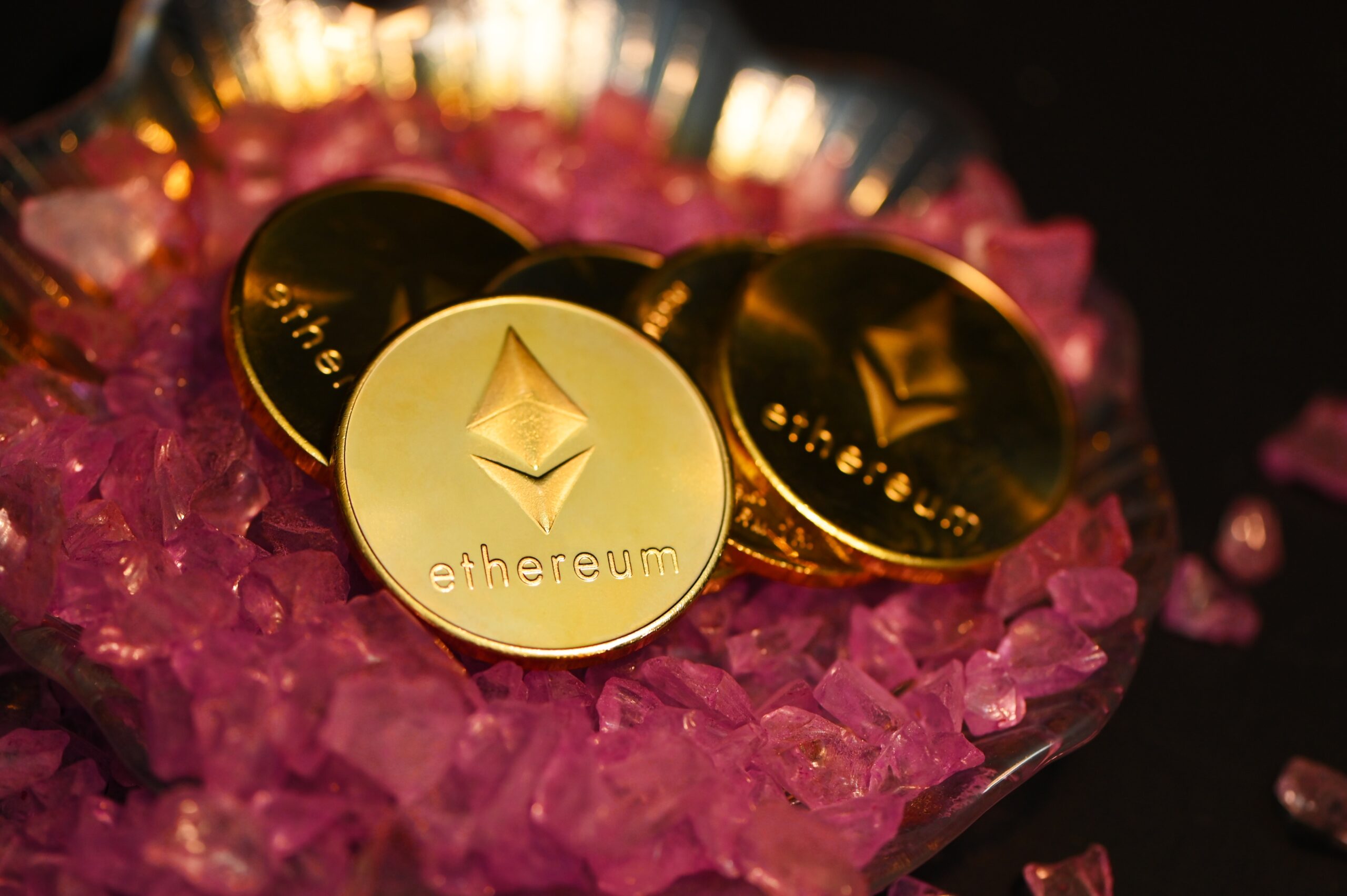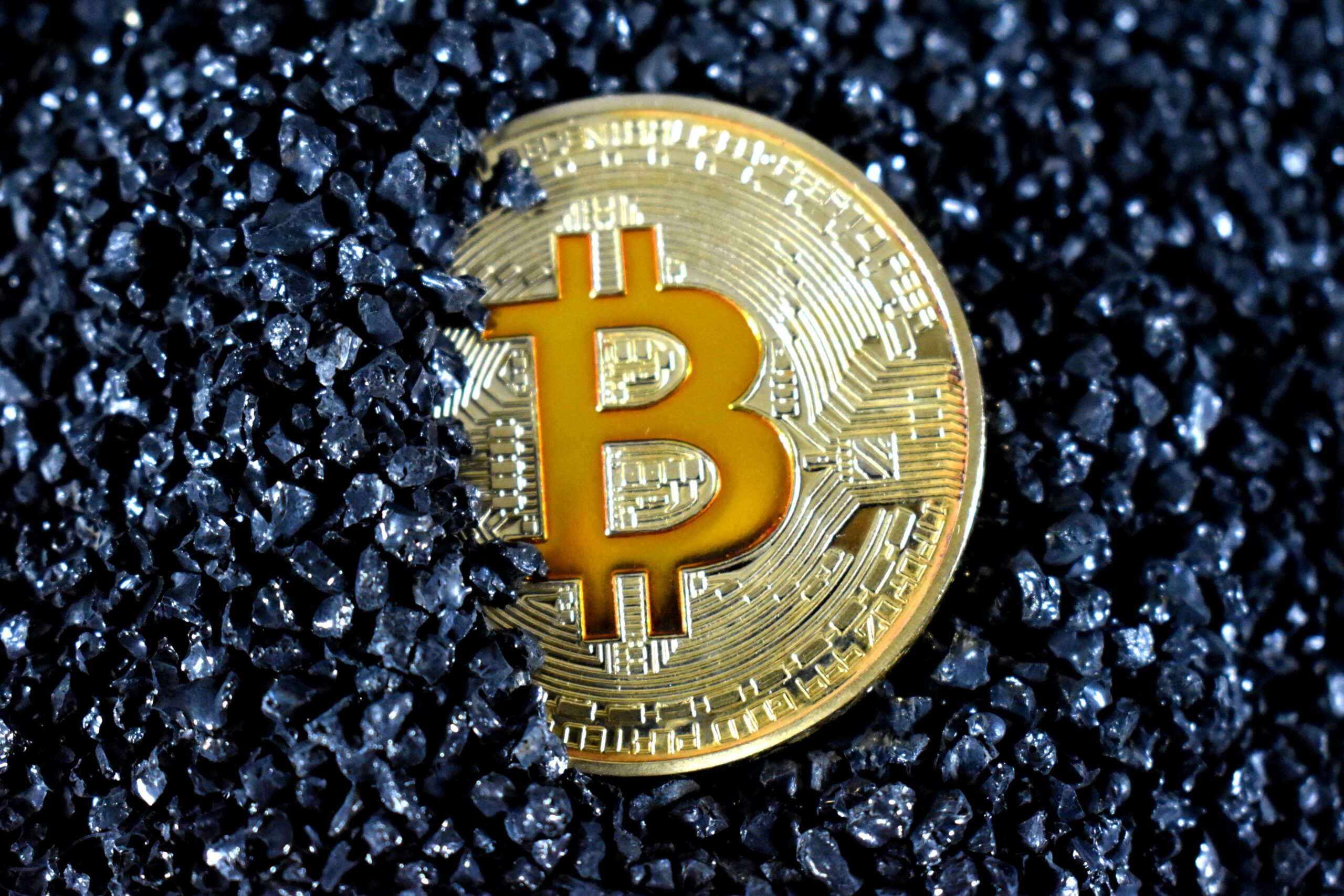
The blockchain isn’t known for its speed. This is by design since blockchains are geared for safety instead, making them slower than traditional financial products. In a market where a currency’s value can move fast, it is natural to want to find the fastest exchange to buy, sell, or trade your crypto. But when trying to create future wealth, the execution speed of an exchange should not be your primary concern. You are not trying to buy a cup of coffee with your investment but work towards financial freedom and wealth.
Choosing a crypto exchange should not be primarily based on how fast its processing speed operates. Instead, your focus should be on gaining control of the coin’s keys. As they say, “Not your keys, not your coin.” Other crucial factors include:
Speed is excellent, of course, but it does have a price. Panic spread throughout the crypto-world in May 2022 when the world’s largest crypto exchange Coinbase admitted that its “custodial held crypto assets,” meaning investors’ cryptocurrencies held on Coinbase, “may be considered to be the property of a bankruptcy estate.”. In plain English, this means that if Coinbase went bankrupt, your trading account would not have the same protection as a traditional bank or brokerage, meaning your account might be locked in a lengthy bankruptcy court proceeding, and you may not recover your funds. So why hold your crypto with an exchange like Coinbase? Investors have currency on exchanges because it moves faster and allows for other investment opportunities, but it comes with a significant downside that we just mentioned.
Your main priority when choosing and using a cryptocurrency exchange is to ensure that you can access your wealth anytime you want and that your wealth belongs to you. Many crypto apps allow you to buy and trade coins and stocks. Still, they might not let you move the currency onto a hard wallet (i.e., a USB device you physically have) without selling your assets and rebuying them elsewhere. That’s the opposite of speed and exposes you to many more risks you probably thought you were taking.
As the Coinbase announcement proved, the company that owns your wallet also owns your wealth. As Coinbase said, if they go bankrupt, your cryptocurrency will not necessarily be considered yours but theirs to pay their debtors (and as of writing, Coinbase has $USD 4bn in debt to pay first before they pay you back)
Exchanges and platforms are not banks. Therefore, they are not backed by government guarantees and consumer protections. When a bank goes under, people with savings accounts are protected and insured for a considerable amount. Not so with most crypto exchanges. This is why you need an exchange that allows you to transfer your digital wealth to you and nobody but you.
If an exchange or trading platform goes under while your wealth is stored with them, the actual coins have not vanished. Cryptocurrencies are on the blockchain and stay there. However, you need the ‘keys’ to your coins to access and use them.
The keys unlock access to crypto coins and are passed around traders, platforms, and wallets when used in trading. Therefore, the person or entity, such as Coinbase, which holds the keys to your coins, is the owner. Hence the phrase, “Not your keys, not your coins.”.
This is why any investment opportunity requiring you to keep your keys with an exchange for an extended period has added risks. If anything happens to the entity holding the keys while your coins earn interest or other crypto rewards, your access to your wealth may vanish.
In the case of an exchange going bankrupt, the keys the exchange holds are seen, by the law, as the exchange’s assets, not yours. Therefore, those keys become part of their capital, not yours. That capital is viewed as potential payback to their creditors. Unfortunately, the creditors first in line to be repaid are not necessarily the people who stored their money with the exchange, and your wealth could be used to pay the debts of others.
At DWG, we believe your money is yours. Hard wallets allow you to be your own bank and secure your wealth.
Some exchanges allow you to trade directly from a hardware wallet. Some even enable you to transfer currency from the hardware wallet to a “hot wallet” on the exchange. Once that is done, you can do business. When your transactions are complete, you can download your coins to your hard wallet.
To be clear, Coinbase does allow users to transfer their coins to hard wallets. Unlike other trading platforms, Coinbase does not force users to keep anything bought through them on their exchange.
However, there are potential fees for transferring your coins to wallets not hosted by the exchange. It might be worth asking yourself why you should have to pay to own your own money?
How much time you save doing business directly from the hard wallet or uploading depends on the type of hard wallet you are using and the exchange.
You will also want to take into account:
Some exchanges allow you to upload coins directly from your hard wallet to the exchange for free. So doing business now from your hard wallet isn’t necessarily cheaper. However, some exchanges have fees or reserve the right to charge them for moving your wealth from one wallet to another.
Lastly, ask yourself how long you are comfortable having your hard wallet online. To do business directly from your hard wallet, you must be connected to the internet the entire time you are trading.
Some investors prefer to limit their hard wallet’s time on the internet to the smallest amount possible. Thus, they might see an advantage of only transferring what they need from the hard wallet to the exchange. This allows them to take the hard wallet offline, protecting the rest of their digital wealth while making their trades.
As mentioned above, fees are essential when choosing a crypto exchange. The fees vary widely, as cryptocurrency exchanges do not operate in a regulated environment. Also, some exchanges may charge for specific actions that are free on another exchange.
Potential fees include:
Some fees are tiered, meaning the percentage that calculates the cost will depend on the amount bought or sold, known as trading volume. Typically, the greater the investor’s trading volume, the lower the percentage used to calculate the investor’s fee.
Fees can also be impacted by network activity. When there is high use, there will be those offering miners more to be considered a high-priority transaction. Those paying less during these hectic times will wait longer for their transaction to be processed. Thus, if speed is your top priority, you might have to pay for it.
Before selecting a crypto exchange, research its trading volume. Trading volume is the amount of activity occurring at an exchange. It is based on the value being traded rather than the number of users.
For example, in one 24-hour period:
Exchange A has a higher trade volume even though there are fewer users. It’s the money that matters, not the number of users. The ‘deeper’ the exchange, i.e., the more trade volume amount, the better opportunities exist for investors.
For example:
Exchange D isn’t a good choice for investors wanting to do business in Bitcoin. Therefore, if you wanted to trade Dogecoin and Bitcoin, your best bet would be Exchange D for Dogecoin and Exchange E for Bitcoin.
Crypto exchanges vary in which coins they support. So you should ensure that the exchange carries the required coins before signing up. Low fees and high trading volume don’t mean a thing if they don’t have your currency. It’s like trying to buy or sell shoes at a cheese market.
Don’t overlook the fiat currencies the exchange uses, either. If you are hoping to turn your cryptocurrency into Australian dollars, you’ll require an exchange that has that option available. As with trading volumes, you may find having more than one crypto exchange beneficial. An Australian exchange might be your best deal when using Australian dollars, an international exchange for other types of trading.
Some crypto exchanges are straightforward, perfect for people with little to no experience in the cryptocurrency market. Others require knowledge of the digital landscape’s vocabulary and are schooled enough to sift through numerous options, currencies, trading pairs, smart contracts, and more.
Pick an exchange you can navigate confidently, even if it means paying slightly more fees. Better to start on exchanges where you won’t make expensive, irreversible mistakes that lead to loss and regret. Once your confidence and knowledge of the digital landscape grow, you can move your business to more complex exchanges.
However, some of the most “helpful” crypto exchanges come with a price that some deem too risky: holding your keys for you. Once again, “Not your keys, not your coins.” Even one of the most well-known exchanges has admitted this. Ease of use should not be traded for not owning your financial future. If you need more support on this, do not hesitate to contact us; we’re always happy to help.
Some big names in the exchange business are touting Bitcoin’s Lightning Network as an answer to the issues around the blockchain’s speed. Such names include:
But what is the ‘Lightning Network’, and who is it for?
Bitcoin’s Lightning Network allows small users to process transactions quicker than they would through the main blockchain. Utilizing a network of nodes (points of connection between users), channels are made between parties to conduct Bitcoin business ‘off-chain,’ i.e., not directly on the Bitcoin blockchain. In certain situations, the Lightning Network allows the trading of two currencies without using an exchange. These are known as atomic swaps, which is beyond this article’s scope.
Bitcoin considers this off-chain transaction a “second layer” to the main Bitcoin blockchain. It comes with two advantages for both the blockchain and users.
First, it allows basic payments between two parties faster than they would if they went through the regular main Bitcoin blockchain. It doesn’t require an exchange, and it also reduces their fees.
Second, it helps unclog the main Bitcoin blockchain and, consequently, makes less work for Bitcoin miners to validate a bunch of tiny payments and focus on the more significant trades. This makes the main Bitcoin blockchain a bit faster.
Bitcoin’s Lightning Network is for micro uses of Bitcoin, such as paying for a weekly service. For example, your dog groomer or weekly farmer’s veg box accepts payment in Bitcoin. Instead of paying through the main Bitcoin blockchain, you and the business provider could set up a channel using Bitcoin’s Lightning Network for a quick transfer.
This is especially useful for payments that are so small that using an exchange would be too costly and inefficient. For example, the first payment made using the Lightning Network was a telephone bill. At the end of its alpha development stage, it was then used to pay for two pizzas.
In short, the primary purpose, although not the only purpose, of the Lightning Network is for users that want the freedom to use Bitcoin more like fiat money.
Yes, there are small fees for using Bitcoin’s Lightning Network. They open the channel, make transactions, and close the network.
The Lightning Network isn’t designed to replace exchanges. Instead, exchanges are adding it to their services.
Also, the technology for this second layer isn’t made to handle large amounts. It works best for paying for a cup of coffee or a haircut. The limit for using the Lightning Network is around $2,000 per transaction.
Nor is the Lightening Network trying to eliminate exchanges. Instead, it gives Bitcoin users a way of using the cryptocurrency in everyday situations rather than being forced to use fiat currency or turn to another coin with faster transaction speeds.
So, while Bitcoin provides its currency holders more options with the Lightning Network, its speed and ease of use will not negate the need to find an exchange (or few) to invest towards future wealth goals.
The speed of an exchange should not be the first concern when selecting where you trade and invest cryptocurrency. Instead, the main problem should be ensuring you own your wealth. After that, the exchange should have reasonable fees, high trading volume, do business in your preferred currencies, and is a platform you feel comfortable and confident navigating.
Looking After Your Private Keys – Hardware Wallets vs Software Wallets

Since starting out in crypto, there are a whole bunch of lessons I’ve learnt either the hard way, or from…

More big news has come out of the US, this time regarding one of the most anticipated crypto battles in…

If your motivation for crypto has waned over the bear market, then you’re not alone. But it’s time to saddle…
Register for the FREE 90 minute
Crypto Training